Alvin Ailey's 60-Year-Old Dance Revelations is More Vital Than Ever
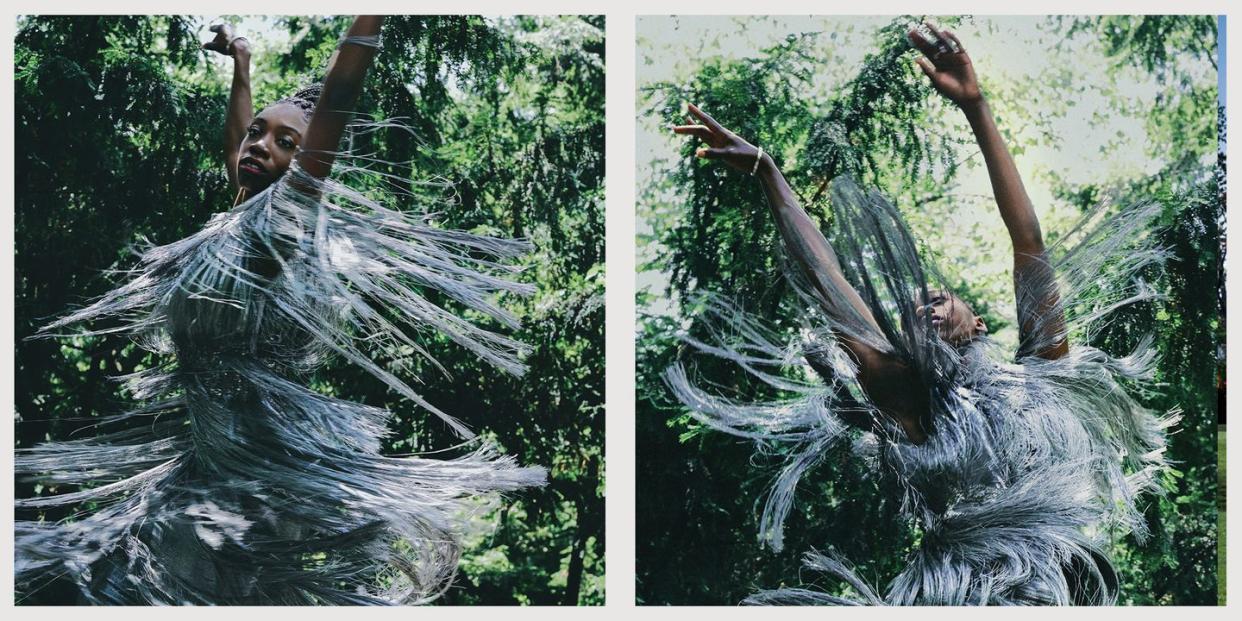
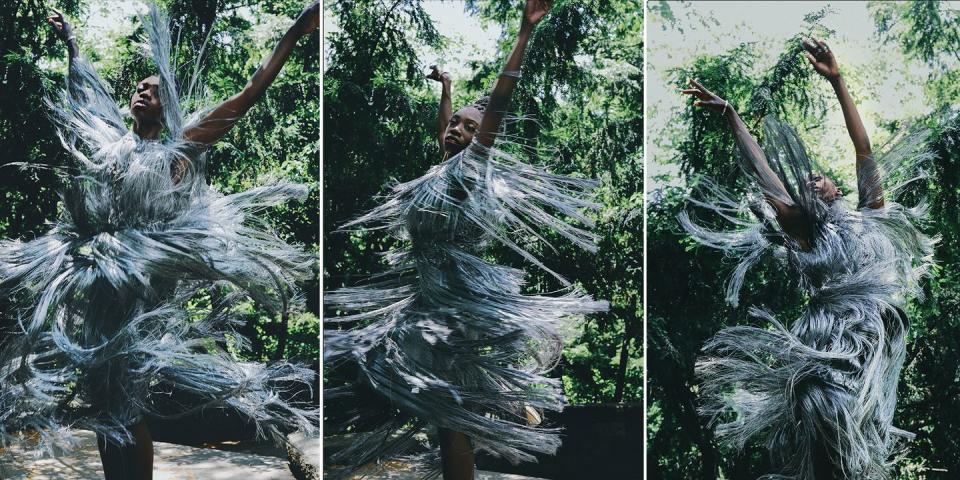
Every year, in theaters and concert halls around the globe, the Alvin Ailey American Dance Theater takes audiences to church. Not just any house of worship, but the working-class, Black, Southern temples of rural Texas. The gospel they see and feel is Revelations, the company’s signature dance, which has been staged more often than the troupe’s other celebrated works, for some 25 million fans.
This year Revelations turns 60, and it has lost none of its incantatory power. Against the backdrop of both a global pandemic that disproportionately ravages communities of color and the urgency of social justice movements including Black Lives Matter, Ailey’s valentine to the spirituals of his youth is its own call to action, an ode to the deliverance of self-expression in the face of adversity.
“Ailey’s dance language is ecstatic and virtuosic, and his choreography has given generations of Black dancers a world of complex movement and emotion to inhabit,” says the critic Margo Jefferson. As a young woman Debbie Allen saw Revelations, and it was a watershed moment. “It was the permission I needed to throw away my pointe shoes and kick-ball-change to that which I could really express,” she tells T&C. Decades later Khalia Campbell, 27—who appears in this story alongside her Ailey colleagues Samantha Figgins, 31, and James Gilmer, 27—was also mesmerized.
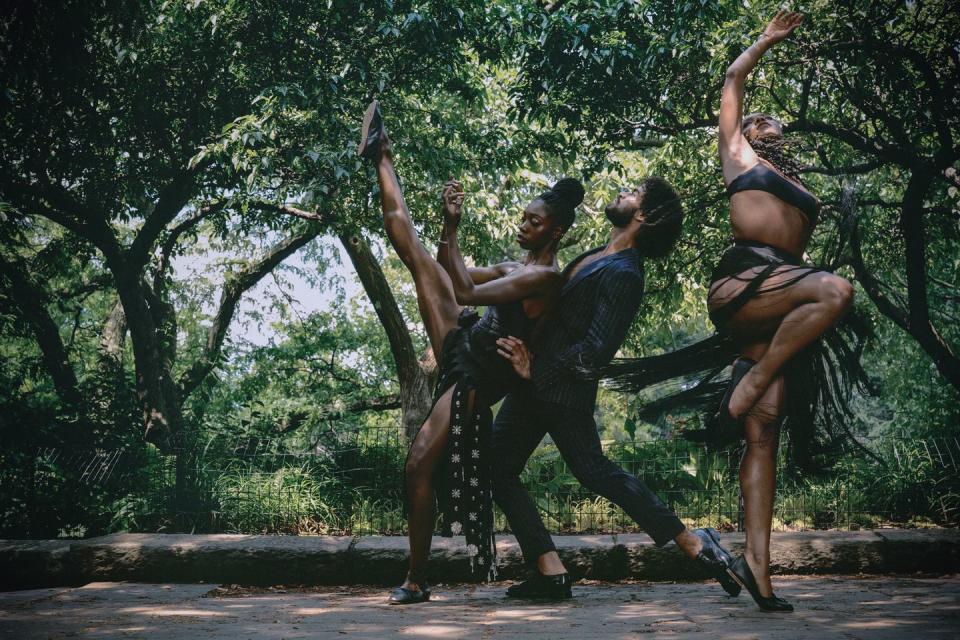
“There were people on the stage who looked like me,” Campbell recalls of the performances she saw as a student. “I was able to experience what my ancestors went through, and I was able to see it through movement.”
That sense of history’s long arc is not just an element of Revelations, it is woven into the fabric of a company born out of the civil rights movement to offer hope, strength, and the balm of beauty. Ailey was 29 when he choreographed the piece, and he intended it as a tribute to an elder, his mother, and the music they listened to at Mount Olive Baptist Church during the Depression, and also to his spiritual forebears, the writers Langston Hughes and James Baldwin.
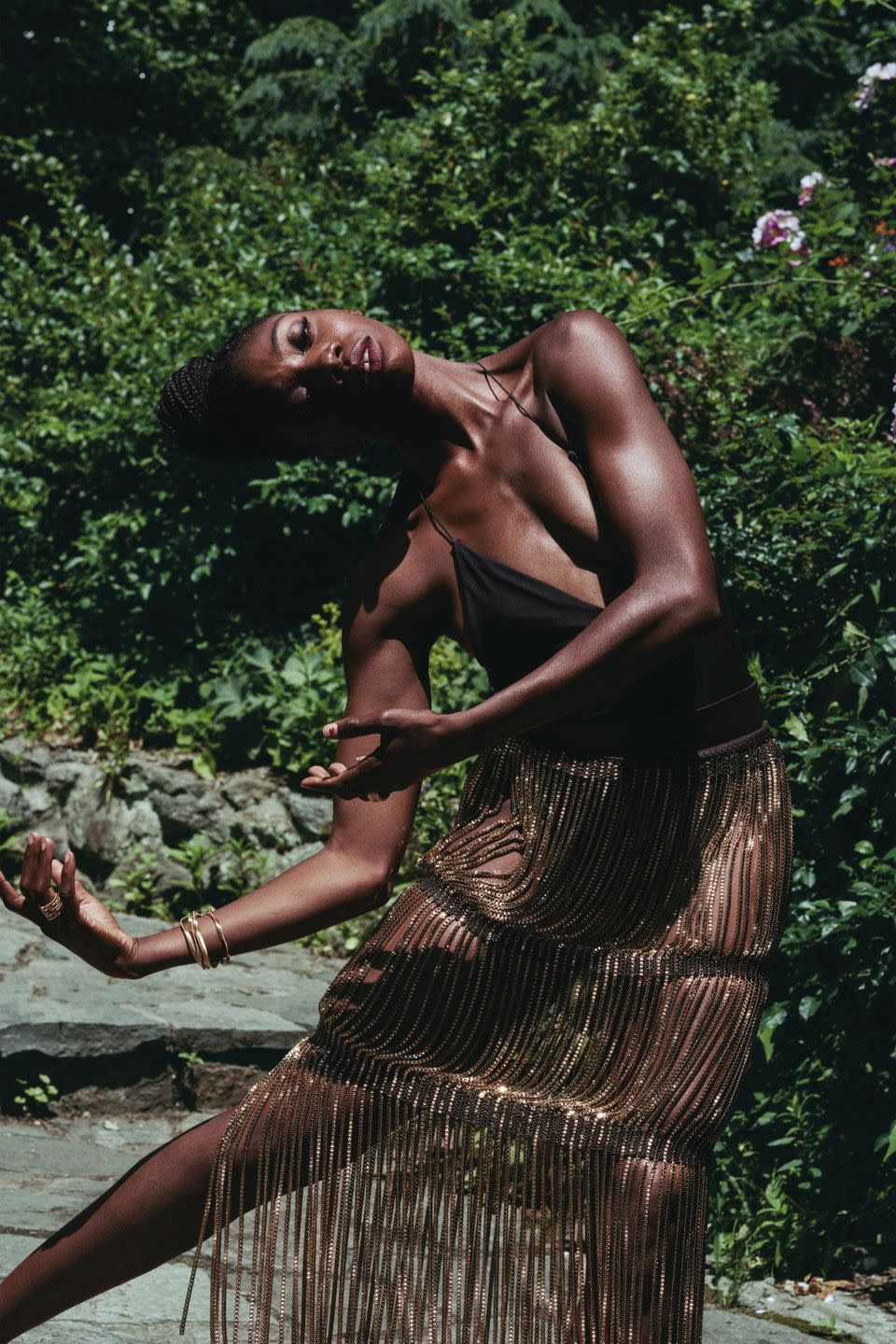
Ailey was also inspired by the range of talents around him in the late ’50s and early ’60s, such as the gospel singer Brother John Sellers. “Everybody was in bloom then,” recalls the great dancer Carmen de Lavallade, who had been Ailey’s friend since middle school and was his duet partner in Revelations, which was first staged at the 92nd Street Y.
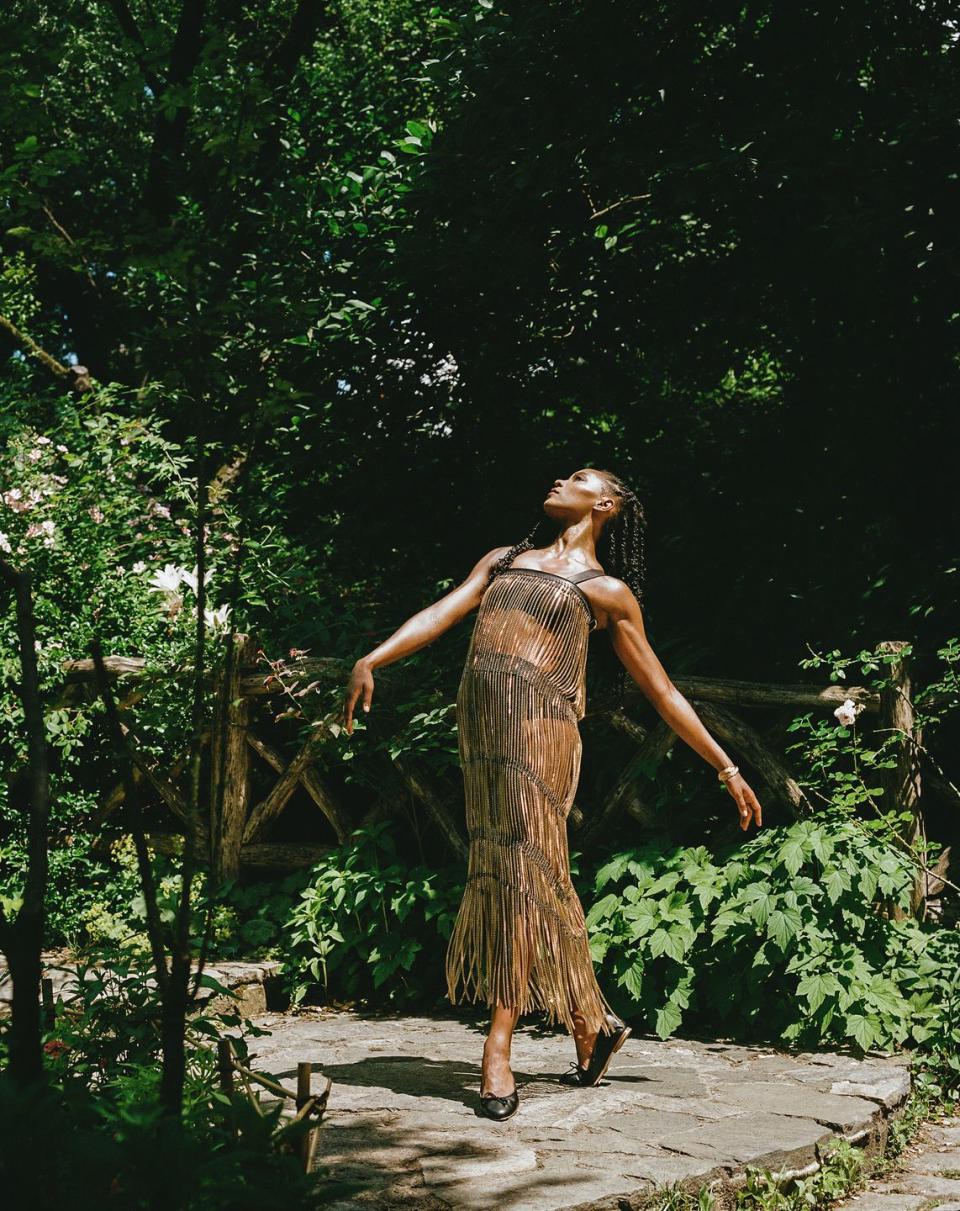
Two years later they were on the road, traveling through Australia and South Asia, and she would begin to cement her reputation as one of the matriarchs of an extremely exclusive club that mastered movement’s dynamic capacity for storytelling. The coterie of Revelations alumni reads like a who’s who of contemporary dance greats: Donna Wood, Sylvia Waters, the late Miguel Godreau, and Dwight Rhoden and Desmond Richardson, the founders of the elite dance company Complexions Contemporary Ballet.
Ailey artistic director emerita Judith Jamison says they all brought something new to their roles, as will their successors, and in that, too, there is a message. “We have been and continue to be triumphant,” she says. “We have many more bridges to cross, and we will cross them.”
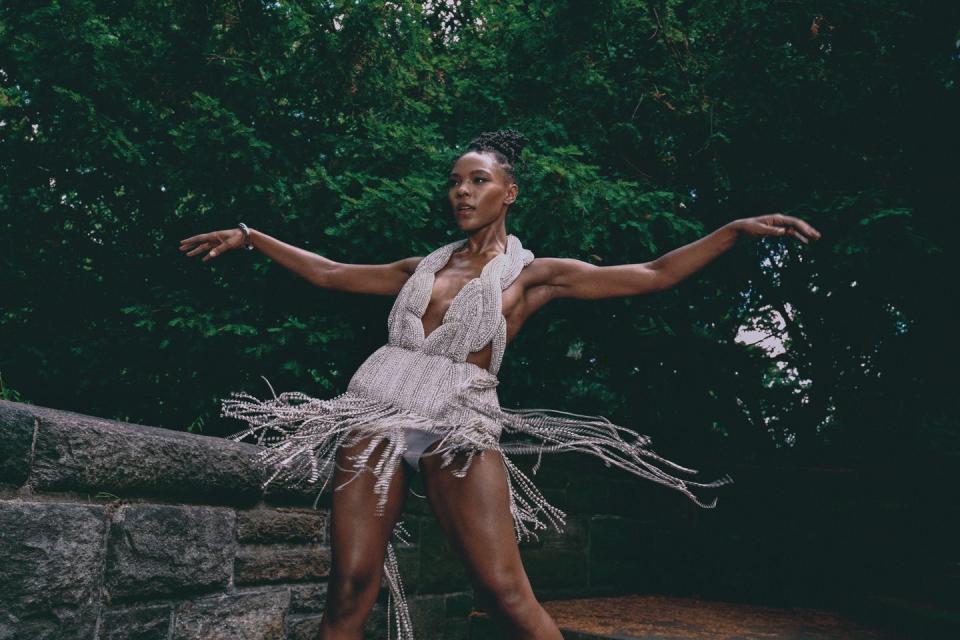
When a younger dancer like Campbell performs the rippling Yanvalou torso undulations of the umbrella woman role made famous by Jamison, she knows she’s not just taking up a part, she’s inhabiting an heirloom. Campbell’s long-legged athleticism and richly hued mahogany skin evoke Jamison’s impossibly long lines, and the younger dancer relishes carrying that torch, and the responsibility of presenting Black audiences with the affirming experience of beholding Black performers.
“As a Black woman living in America, I was able to relate. Revelations talks about how we carry these burdens, but there is still hope, and that’s what allows us to persevere,” she says.
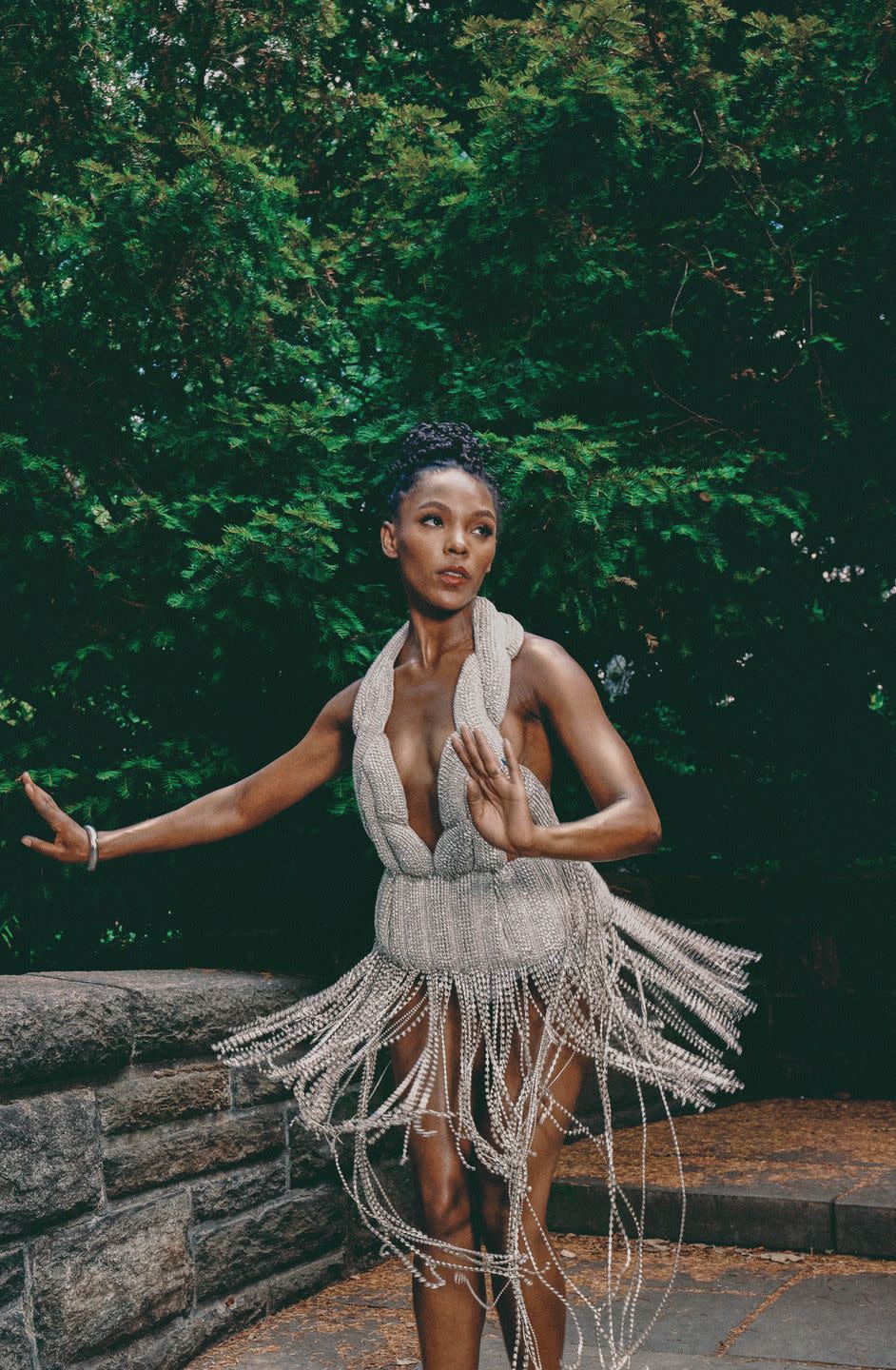
Like every major arts organization, Ailey was roiled by the coronavirus crisis, forced to cut short its season and instead broadcast repertory works and a new piece online, on social media and its Ailey All Access free streaming platform (a 2015 performance of Revelations is on view through the end of September). Its annual season at New York City Center, where its best-known ballet would have had pride of place this December, is on hold out of concern for the safety of both audience and performers.
Dancers, though, are an undeterred crew, and Ailey’s turned their cramped apartments and sprawling yards into makeshift stages to record performances for YouTube. They are joyous and defiant and ultimately liberating, an ethos of resilience that runs through Revelations and much of the Ailey oeuvre.
“Dancers don’t do this because it’s their job,” says artistic director Robert Battle. “They do it because it’s their passion; it’s the essence of who they are. So they will be creative, and we will be creative, and we will make it through this.”
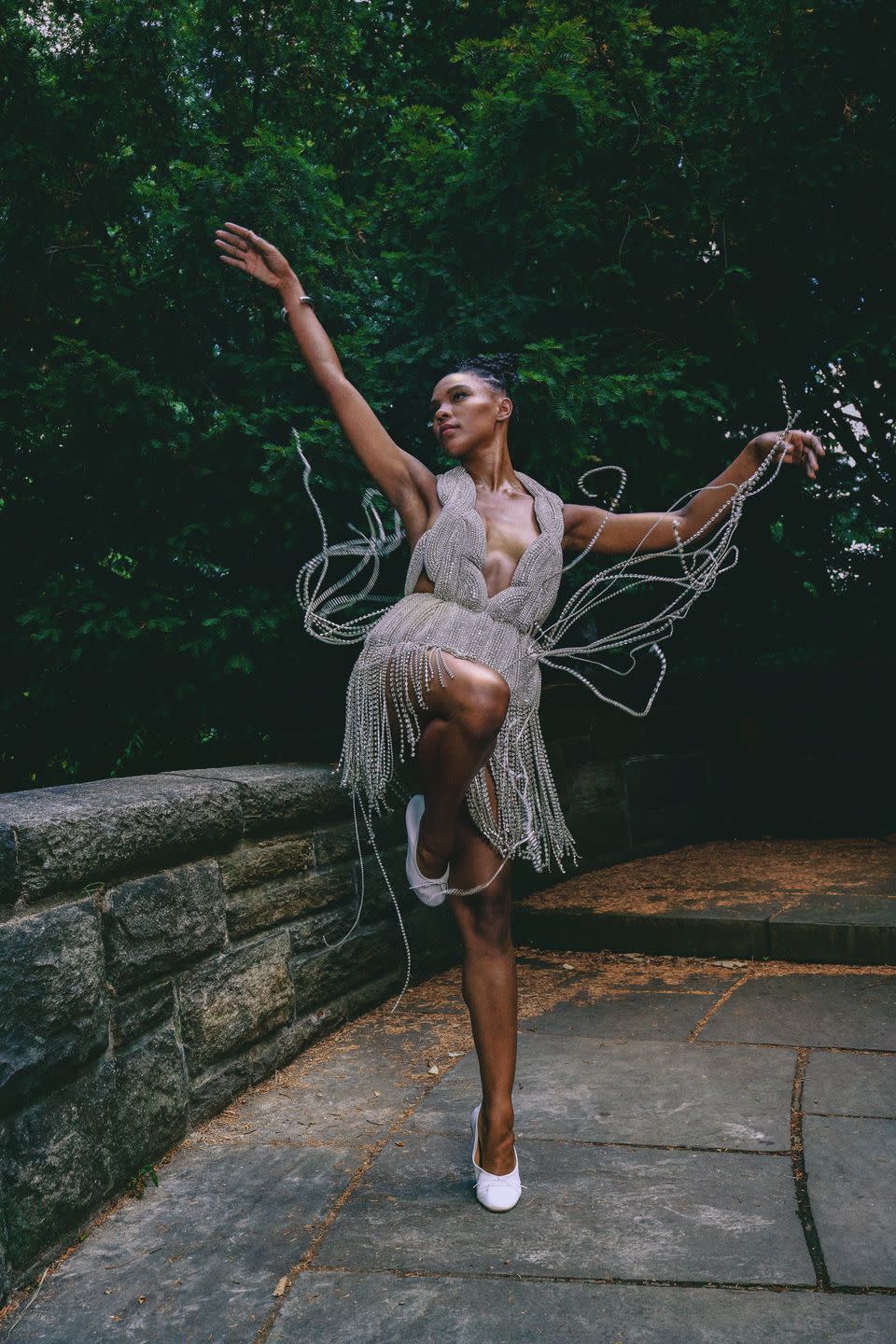
Want to help the Alvin Ailey American Dance Theater through a difficult season? Support its "Still, We Dance" fundraising campaign: Donate Now
You Might Also Like

